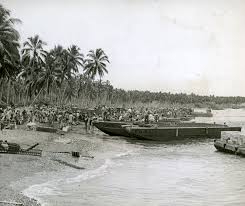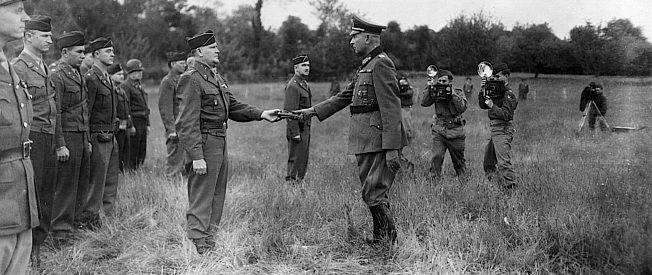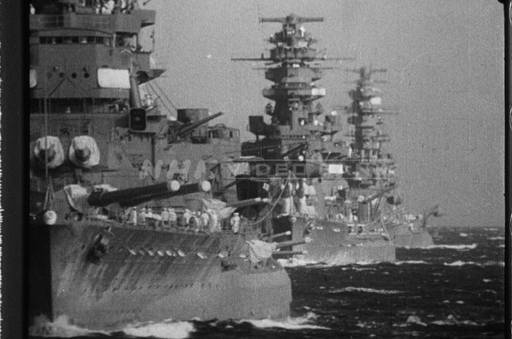

What was important about the Guadalcanal Islands in World War II? The island of Guadalcanal in the Solomon Islands was crucial in World War II due to its strategic location in the Pacific theater. Both the Allied and Japanese forces recognized that controlling Guadalcanal could impact the broader course of the war. Here are the key reasons for its importance:
Strategic Location for Pacific Control
Guadalcanal is located near key shipping lanes that connected the United States, Australia, and New Zealand. By establishing a stronghold there, the Allies aimed to secure these lanes, ensuring safe supply routes and blocking Japan’s expansion toward the southern Pacific. This would help prevent Japan from isolating Australia and New Zealand, both vital allies.
Airfield and Operational Reach
The Japanese were constructing an airfield on Guadalcanal (Henderson Field) when the Allies launched their offensive. Control of this airfield allowed the Allies to project air power across the region, disrupting Japanese operations and logistics in the Solomon Islands and New Guinea. The airfield enabled the Allies to launch attacks on Japanese positions and defend against Japanese reinforcements, which was critical for turning the tide of war in the Pacific.
Turning Point in the Pacific War
The Guadalcanal Campaign (August 1942 – February 1943) marked the first major Allied offensive against Japan. The intense, prolonged fighting resulted in high casualties and attrition on both sides but was particularly damaging to Japanese forces. It showcased the resilience of Allied forces and marked the beginning of a sustained offensive strategy that would eventually push Japan back.
Symbol of Resilience and Morale
The success at Guadalcanal boosted Allied morale significantly. It demonstrated to the world that Japanese forces, previously considered nearly unstoppable after their rapid early successes, could be beaten. The campaign became a symbol of determination and tenacity for the Allies.
Guadalcanal’s capture gave the Allies a strategic foothold in the Pacific, directly leading to further campaigns that island-hopped closer to Japan, ultimately paving the way for the Allied victory in the Pacific theater.




